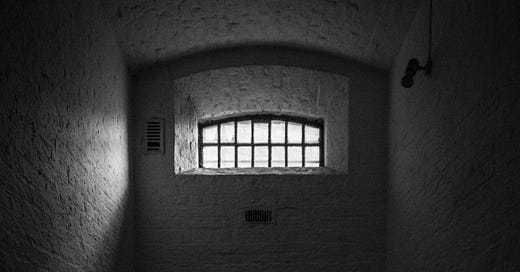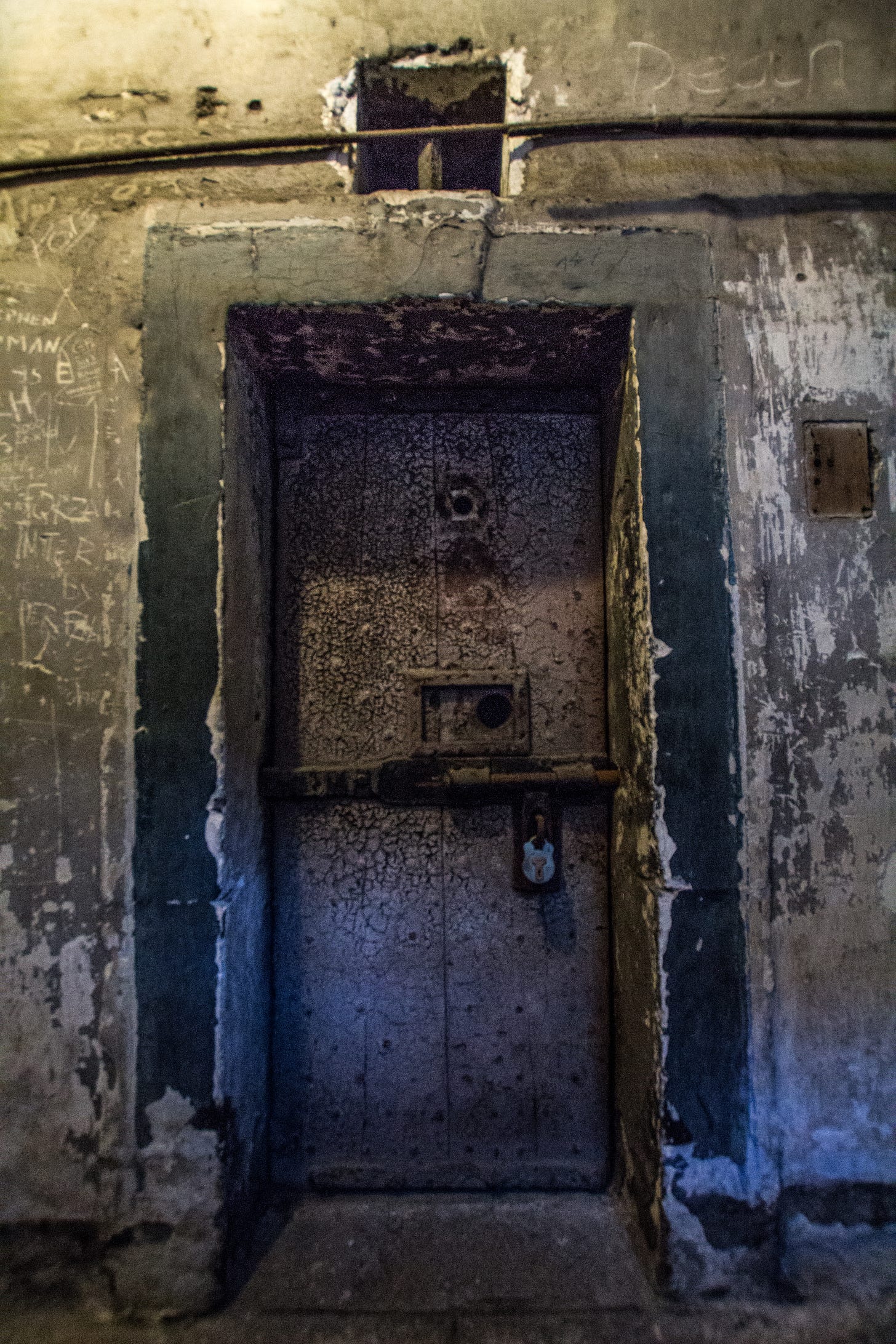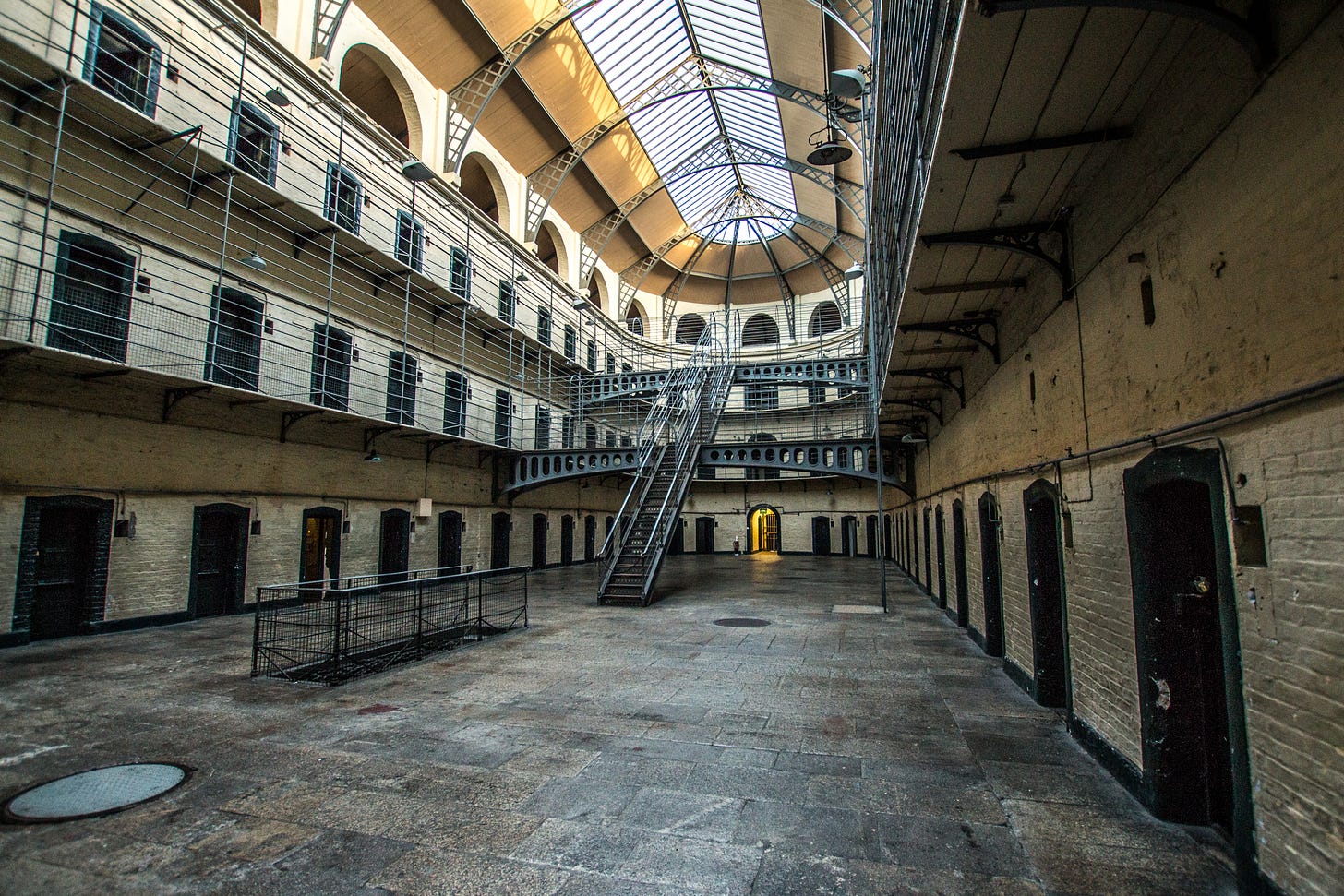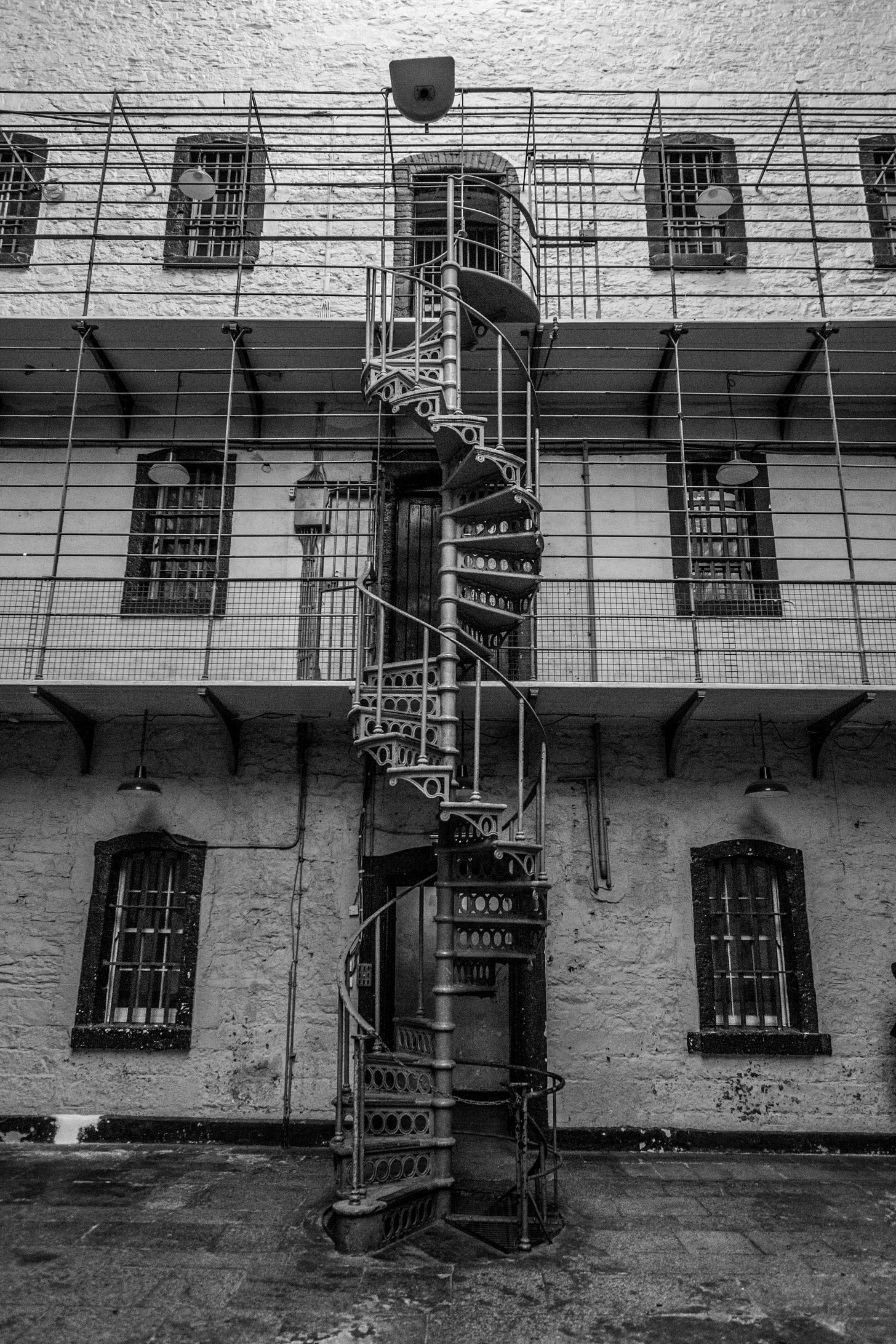Kilmainham Gaol holds a significant place in Ireland's history, serving as a powerful symbol of the nation's struggle for independence. Opened in 1796 as Dublin's new County Gaol, it was originally designed as a modern prison focusing on reform through separation, hygiene, and work. However, it quickly became overcrowded, housing men, women, and children together in deplorable conditions.

During the Great Famine of the 1840s, the prison population surged as many were imprisoned for food-related offenses, with the prison diet often preferable to starvation. Over time, improvements were made, including the addition of a new east wing in 1861 designed for better surveillance.





Kilmainham Gaol gained historical prominence as it became a key site in the Irish nationalist movement. It housed numerous Irish revolutionaries and rebels, including the leaders of the 1916 Easter Rising. Notable figures such as Robert Emmet, Charles Stewart Parnell, and Countess Markievicz were also imprisoned here. The leaders of the 1916 Easter Rising, including Patrick Pearse, Thomas Clarke, Joseph Plunkett, and James Connolly, were court-martialed and executed by firing squad in the Stonebreakers' Yard. These executions outraged public opinion and galvanized support for the republican cause, paving the way for the Irish War of Independence.
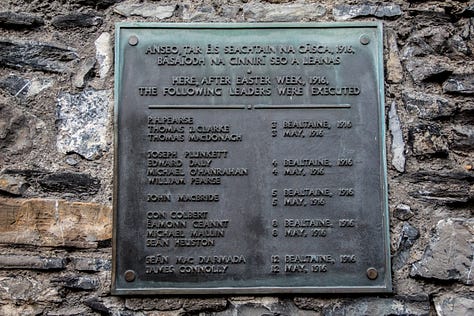

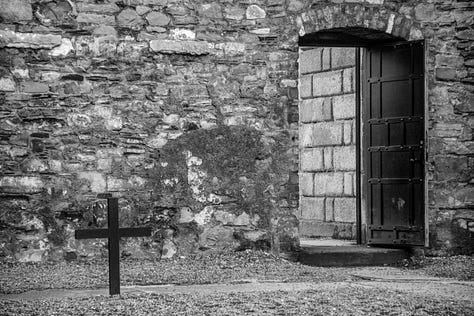
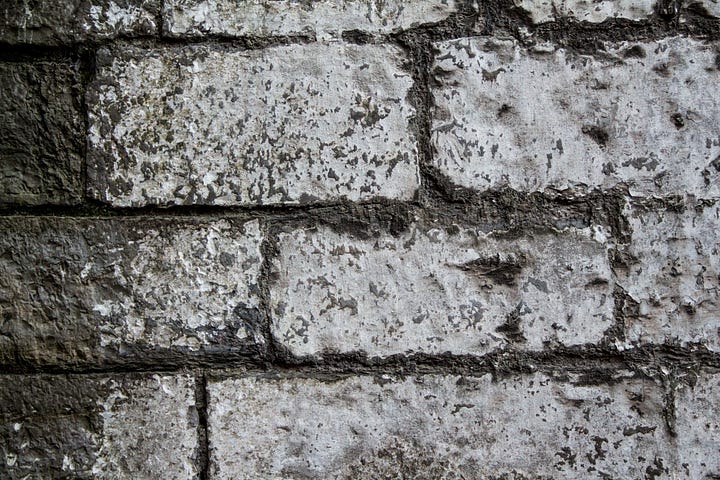
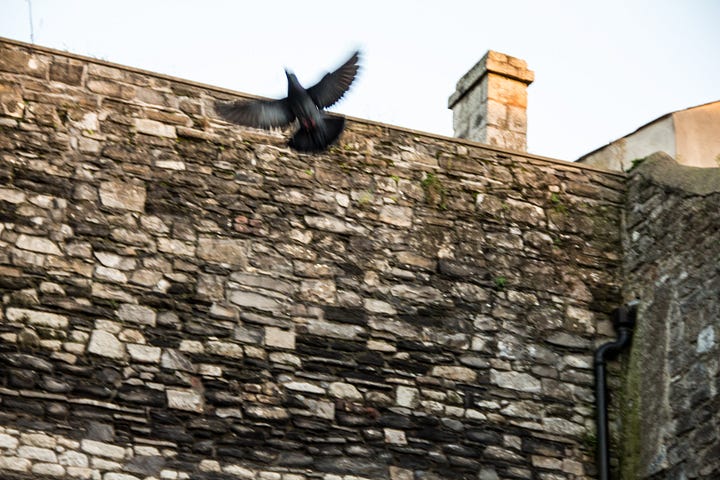
After the establishment of the Irish Free State in 1922, Kilmainham Gaol was closed in 1924. It fell into disrepair until the 1960s when the Kilmainham Gaol Restoration Committee began its restoration as a museum and national monument. Reopened in 1966 and later handed over to the state in 1986, it is now operated by the Office of Public Works and chronicles Ireland's nationalist history.

